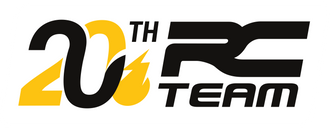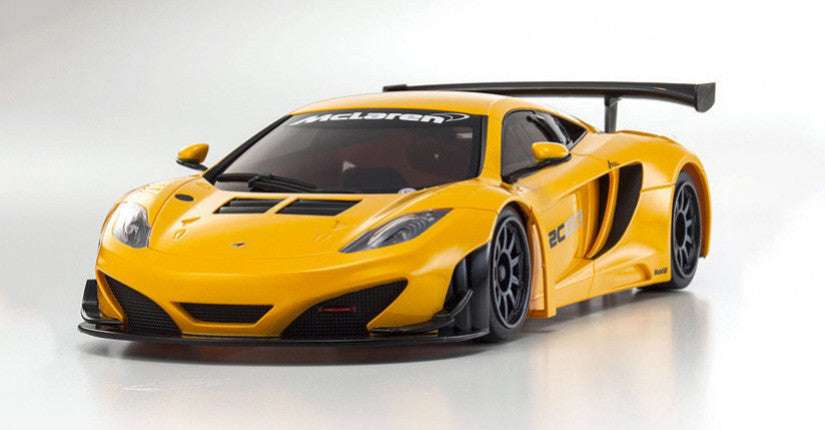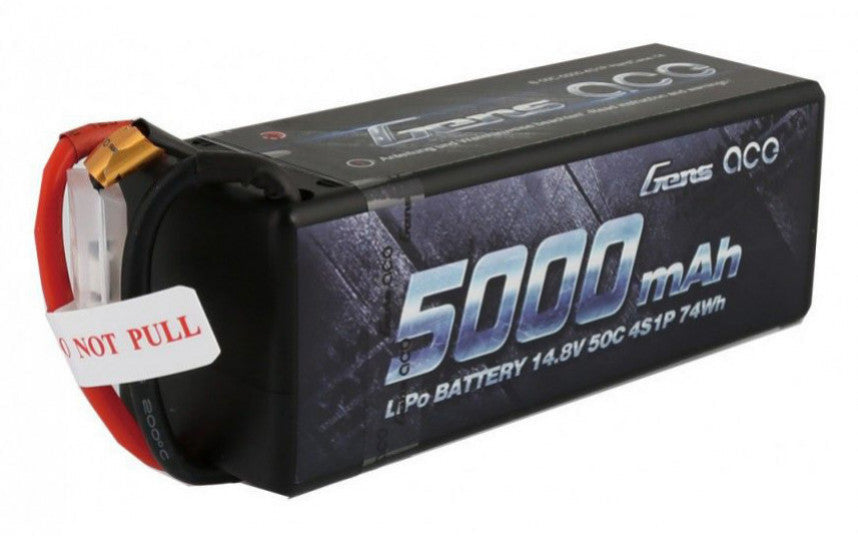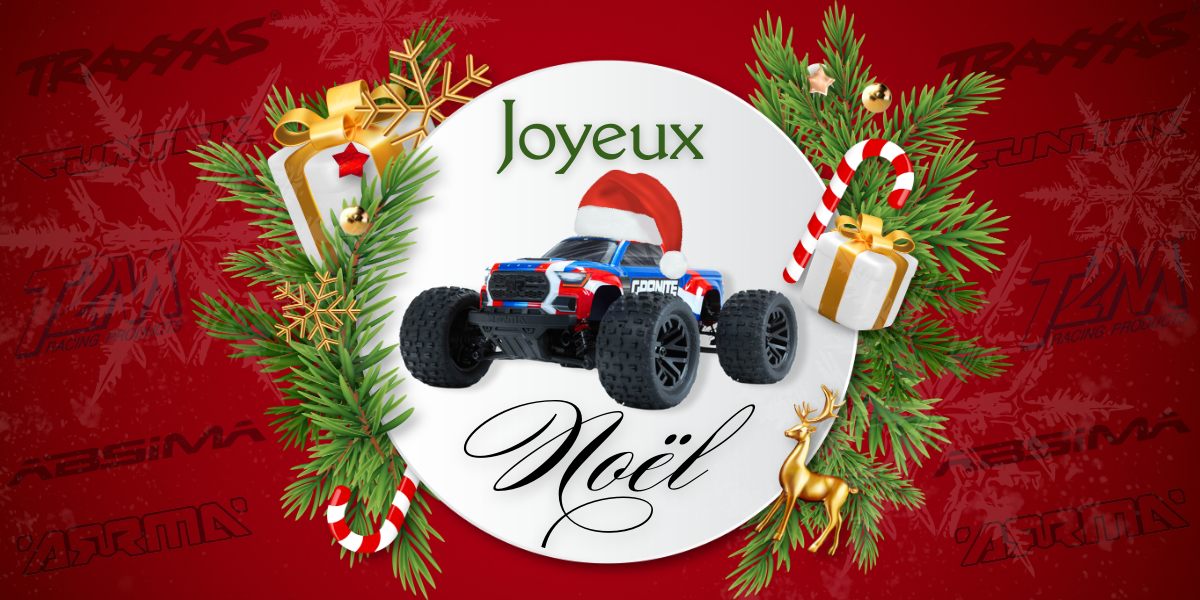Among the many types of RC cars that exist, Kyosho's Mini-Z series is one of the best. It is collected by many fans and popular with beginners and more experienced modelers alike because it is inexpensive, efficient and easily customizable. Another major advantage is the number of different looks available. If you also want to acquire this Kyosho micro-car then, we advise you to read this beginner's guide to Mini-Z .
Introduction to the Kyosho Mini-Z

What is a Mini-Z?
Kyosho is one of the oldest model manufacturers and the Mini-Z is one of their newest and most popular creations. They introduced the Mini-Z in 1999 as "the first palm-sized RC car". The wheelbase of these miniature machines varies between 86 mm and 106 mm, approximately the length of a hand from little finger to thumb, which explains why we find the term "Mini" in its name. The "Z" part comes from the fact that it's an easy-to-handle car that can be completely customized and rebuilt from "A" to "Z".
In the two decades since its release, Kyosho's Mini-Z line has become a staple among RC car enthusiasts. The vehicles are all of excellent quality both in terms of capabilities and appearance. They give model enthusiasts the feeling of owning a high-performance vehicle at a low price .
What is the history of the Mini-Z?
The first chassis that Kyosho created in 1999 for the Mini-Z line was called the MR-01 . It came in three models based on real vehicles: the Nissan Skyline GTR, the Mitsubishi Lancer Evo VI and the Subaru WRX.
The second generation of their flagship model, the MR-02 , was released in 2004 and underwent major design changes. In particular, the AAA batteries which instead of being installed upright are now lying in the chassis. The Ferrari Enzo was the first model based on this MR-02 chassis.
All these chassis were equipped with two-wheel drive (2WD). The company's next big breakthrough was the development of a Mini-Z with all-wheel drive (AWD), which made drifting easier. Instead of MR, the name of these AWD vehicles starts with MA. The first was therefore the MA-010, which corresponds to the AWD version of the MR-01.
More recently, in 2009, the latest generation of MR chassis was released with the MR-03 . This model features several major improvements and is also available in an AWD version with the all-new MA-020 .
Why choose a Mini-Z?

For aesthetics and variety of models
Despite the amazing performance and capabilities of Kyosho's Mini-Z cars, not all enthusiasts use them for racing. Some people place great importance on the appearance of vehicles . For these modelers who are very sensitive to aesthetics, one of the major attractions of the Mini-Z is the number, beauty and precision of the bodies and decorative accessories available. Moreover, they are so well made that many modelers only collect the bodies. The manufacturer thus offers 1/27 scale models inspired by real vehicles (mainly Japanese cars like Toyota, Subaru and Nissan but also other brands like Lamborghini and Ferrari).
To customize your car
If you like the Mini-Z the way it is, then go ahead and enjoy it. You should know, however, that these RC cars can be extensively customized . Many enthusiasts enjoy making a few small, simple modifications , while others change numerous parts in order to exploit the full potential of these machines. You will find numerous parts and accessories on our online store to customize your Mini-Z car as well as bodywork to modify its appearance.
To participate in races
Some modelers like to compete, and even if the Mini-Zs were not specifically built for that, they are worthy challengers, especially in indoor races . Their top speed is generally 15 km/h but can go up to 50 km/h with a modified Mini-Z .
Obtaining a maximum top speed is attractive but is not enough and enthusiasts will first have to choose maneuverable cars, capable of easily navigating very tight turns like there are on the small Mini-Z racing circuits . The ability to take turns without losing your rhythm is essential to winning an RC race .
The different models of Mini-Z

The Mini-Z range today includes many different models, each with its own specific features and design. We thus distinguish the Mini-Z equipped with a coal-fired motor from the Mini-Z VE equipped with a more efficient and faster brushless motor (the latter is more competitively oriented). It is also available in RTR version ("Ready to Run") or Readyset for beginners and in kit version to assemble for more experienced modelers.
Here is an exhaustive list of the different models and their uses:
- The MiniZ RWD is an RTR micro car (delivered complete and assembled) with rear-wheel drive (RWD = Rear Wheel Drive).
- The MiniZ FWD is an RTR micro car (delivered complete and assembled) with traction (FWD = Front Wheel Drive).
- The MiniZ AWD is an RTR micro car (delivered complete and assembled) 4x4 type (AWD = Four Wheel Drive).
- The MiniZ Buggy is a micro RTR (delivered complete and assembled) 4x4 (Four Wheel Drive) all-terrain car.
- The MiniZ MR03 Evo is a competition-oriented micro car, brushless motor and propulsion (delivered without radio).
- The MiniZ MA-030 Evo is a competition-oriented micro car, brushless motor and 4-wheel drive (delivered without radio).
You can choose your model here .
Personalize your Mini-Z!

The Mini-Z is a high-performance car suitable for leisure but it also offers the potential to become a real racing beast by installing various optional parts. For drift enthusiasts, style combines with performance so you can also reinforce the presence of your Mini-Z with stylish parts .
Kyosho's 3 recommendations for the Mini-Z
- Change the tires: The tires are the contact area between the chassis and the track. Like all other cars, it is an extremely important element to perform. You will find all the tires for Mini-Z here and a guide to learn how to choose them here .
- Change the shock absorber springs : TO gain performance, you can replace the rear springs with a friction rear axle. You can also change the steering by replacing the front springs. Most drivers are used to having a slightly understeering car. Soft springs allow the car to turn more.
- Change the T : This T-shaped part determines the roll of the chassis. Select a fiber T to gain flexibility or a carbon T to gain hardness.
Kyosho's 3 recommendations for the Mini-Z drift
- Change the spindles: Camber angle is the angle the tires form with the track surface. This is the most important aspect for drift cars. The Mini-Z AWD Sports is equipped with front and rear spindles.
- Install a LED kit : You will probably have to drill holes on certain bodies but the operation is generally simple. When the front and rear headlights are combined with the accelerator the result is simply exceptional!
- Install a gyroscope : A drifting car is difficult to control. The gyroscope stabilizes countersteering by detecting chassis movements and automatically correcting the trajectory.
Some other interesting improvements
- Change the bearings: The base bearings are often made of gold plastic, they have a direct impact on the performance of the car.
- Change the wheel nuts : The base nuts are often made of plastic and are quickly damaged.
- Install a counting chip : The counting chip will allow you to record your race times.
Learn to drive your Mini-Z!
Kyosho's training method
The Mini-Z is ideal for driving home. An indoor training course can easily be set up using water bottles which will act as a pedestal or door. Just time your performance. Before that, here is the training method proposed by Kyosho.
Training around two bottles

Place two plastic bottles about 2 meters apart. Try to get around them from the outside. You will thus develop your driving skills near objects . At first, go slowly, being careful to follow the same trajectory around the bottles. The better you get, the faster you can go!
Training on a figure eight course

Once you've mastered driving in an "oval", try driving in a figure 8 around plastic bottles. If you can do this easily, you have acquired the basics. Then create your own training course .
Kyosho's training method for drifting
You don't need a lot of space to practice drifting in all seasons in your garage, you just need to have a free area of around 3 x 2 meters. Mini-Z AWD are most of the time already equipped with special drift tires to be able to develop your capabilities right out of the box.
Practice going around a block

Place an object (like a water bottle for example) in the center of the space you have allocated for drifting. Start drifting by steering hard to the right or left then press the accelerator fully. Gradually return the steering to neutral or counter-steer if necessary. The car will start to drift . Try to make as regular a circle as possible around the object that will serve as a plot. The better you get, the tighter you can make the circle .
Practice drifting on a figure eight course

Place two plastic bottles about 1.5 meters apart. Try driving in a figure 8 and drifting around each bottle.
Learn to drift while countersteering

Outside steering = Outside steering / Inside steering = Outside steering
When approaching the bend, at a constant speed, you must quickly steer to the left, then counter-steer to the right to make the Mini-Z drift. You will have to countersteer at some point to exit the corner in a straight line.
Learn to drift with throttle

Throttle off = Decelerate / Throttle on = Accelerate
Approach the corner at a constant speed, let off the throttle briefly, then accelerate by steering on the inside to make the Mini-Z drift. Once you're drifting, you'll sometimes need to adjust the throttle and/or steering angle to maintain your trajectory.




